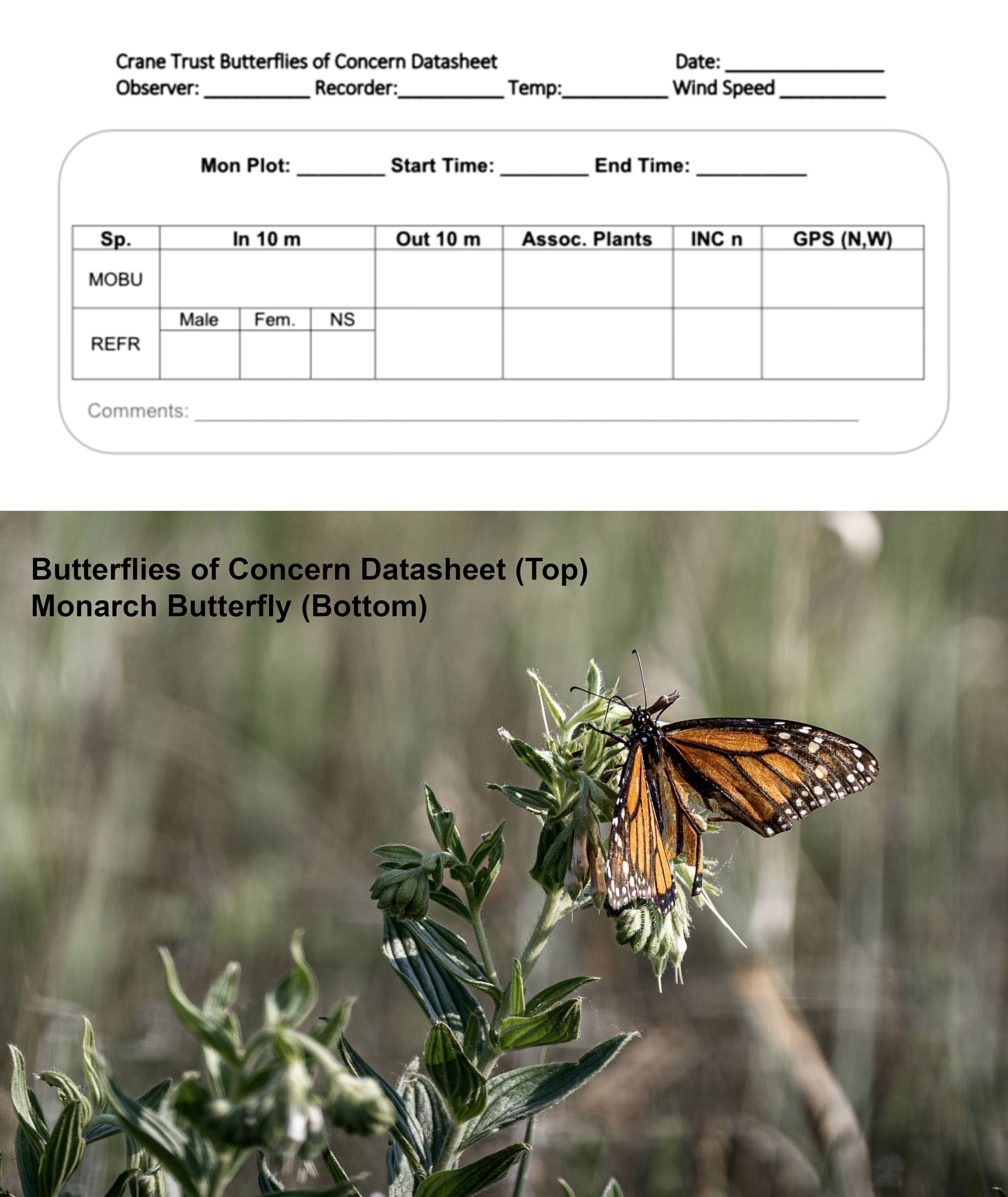
Life History
Monarch Butterflies (Danaus plexippus) migrate from central Mexico and go as far north as southern Canada in the mating season. Three to five generations of Monarchs, from egg to butterfly (reproducing and dying), migrate up to 3,000 miles during these spring and summer months. At the end of the summer and breeding season, one generation then takes on the whole southward journey, flying thousands of miles back to central Mexico’s oyamel fir trees (Abies religiosa). After winter passes the same individuals restart the journey, lay eggs, and pass away.
Regal Fritillary Butterflies (Speyeria idalia) do not migrate like the Monarch, but face their own unique challenges. Regals are univoltine, meaning they only reproduce once a year. Males come out in early June and females show up in late June to early July, which is also their mating season. After mating, females will not lay eggs until August. Larvae hatch starting in September and ending in October. To survive winter the larvae seek protection in leaf litter and emerge again in the spring, feed, form a chrysalis, and the cycle continues.
Associated Plants
Monarch caterpillars rely on native milkweeds (Asclepias spp.) to reproduce and oyamel fir trees to hibernate; while Regal caterpillars rely on native violets (Viola spp.) to reproduce and thatch creating plants to hibernate. Both rely on the nectar of flowering plants for food.
With this knowledge we are able to help conserve these butterflies simply by paying attention to their required plants for reproduction, hibernation, and food acquisition while managing our land. Regals are more complicated to manage since their larvae need thatch, but wild violets need bare ground to increase in number. To create space for new violets while providing enough habitat for larvae the Crane Trust burns small patches of land on a cycle to ensure there is habitat with a variety of conditions including bare ground and thatchy areas.
Surveying Butterflies
To survey butterflies the conditions have to be just right: sunny, wind under 10 mph, between 10am and 4pm. When those conditions are met, we can conduct surveys on Regal Fritillaries and Monarchs. During a survey we walk a specific 200 meter transect (using GPS) in 15 minutes, watching for both species of butterflies. We record butterfly data based upon the species, their proximity to the surveyors, and what plants individuals were using if they landed on one. As butterflies fly by, we tally individuals that are within 10 meters and over 10 meters away. The only difference between the two butterflies is that we attempt to identify the sex of the Regals, marking male (M), female (F), or not sexed (NS) if we were unable to tell. Monarchs have little difference between males and females, while male Regals display a lower row of orange spots on their hind wing and females possess two rows of white. Regals spotted outside of 10 meters are not sexed and butterflies that were not spotted during the 15 minute survey are marked in the respective incidental column. One last thing, we also record any plants that were landed on.
Why Survey These Butterflies
Like with all our surveys we conduct, we can use our data to determine if our management practices are effective or if we need to adjust to better care for these butterflies. We consider both of these species as “butterfly species of concern.” The Monarch was officially listed as endangered by the IUCN in 2022, but has been on the Endangered Species Act’s (ESA) radar for some time. The Regal Fritillary is on multiple states’ threatened and endangered species lists and is also being considered to be federally listed. With our data we could contribute to the process of considering their inclusion in the ESA or other state lists.
I hope you enjoyed learning about Monarchs, Regals, and how we monitor them.
I’ll see you in the next blog,
Matt Urbanski, Saunders Conservation Fellow
Have questions? Email me at murbanski@cranetrust.org!

